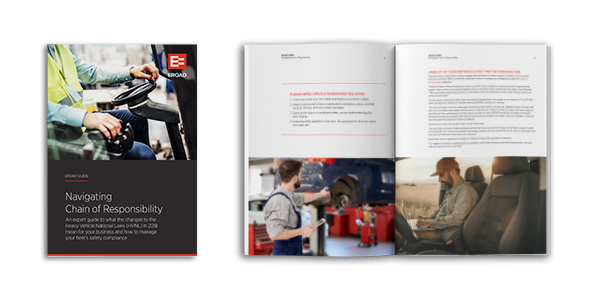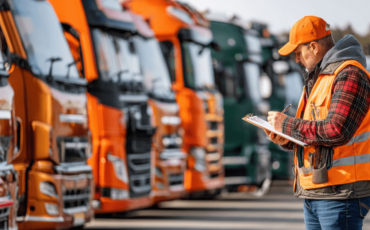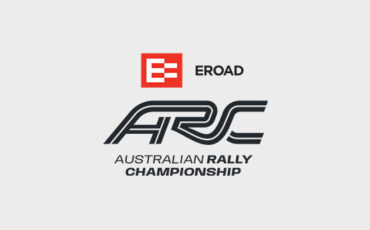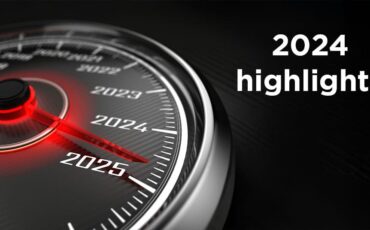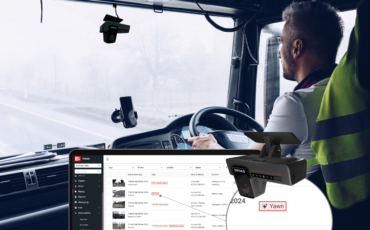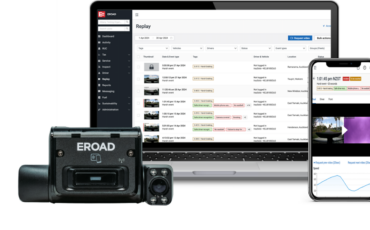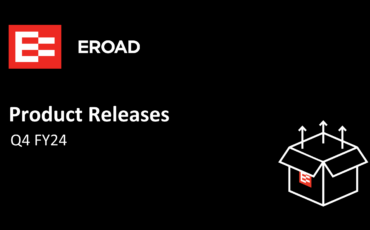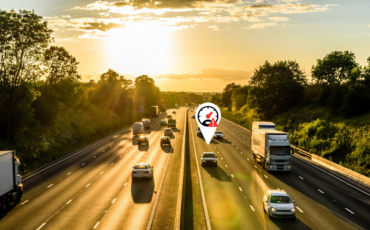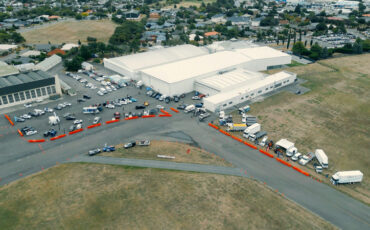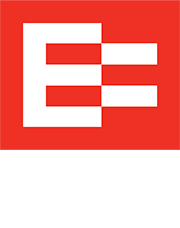How to comply with Chain of Responsibility legislation
How to comply with Chain of Responsibility legislation
Is your fleet fully compliant with the new Chain of Responsibility (CoR) legislation?
Does your company culture nurture and reflect the new CoR requirements?
What is Chain of Responsibility?
While Chain of Responsibility legislation* has been around for a while, its powers were widened in 2018. The new CoR legislation is designed to better recognise that everyone involved in the heavy vehicle supply chain shares responsibility for the safety of its activities.
In effect, it switches the focus to a more proactive approach to managing safety for everyone within your chain.
This means every time your business transports goods using a heavy vehicle (of more than 4.5 tonnes) everyone involved in the management and operation of that vehicle is now part of the chain. This means they have a shared responsibility to prevent injuries and breaches of the law.
Tougher penalties apply for Chain of Responsibility breaches
While Chain of Responsibility legislation* has been around for a while, its powers were widened in 2018. The new CoR legislation is designed to better recognise that everyone involved in the heavy vehicle supply chain shares responsibility for the safety of its activities.
In effect, it switches the focus to a more proactive approach to managing safety for everyone within your chain.
This means every time your business transports goods using a heavy vehicle (of more than 4.5 tonnes) everyone involved in the management and operation of that vehicle is now part of the chain. This means they have a shared responsibility to prevent injuries and breaches of the law.
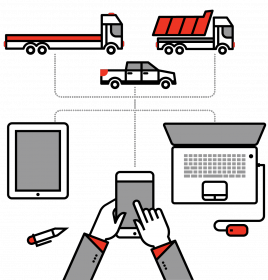
Ensure you have all your CoR monitoring in place
The Heavy Vehicle National Regulator recommends your safety management should include regular reporting, including to executive officers, and documenting or recording all actions taken to manage safety.
In the case of a prosecution, each party in the chain needs to show they’ve taken every reasonable step to prevent a breach of the law.
In the event something unthinkable happens, it’s important you can show you’ve done everything reasonably practical to prevent a breach of the HVNL.
Good systems and accurate data make for good fleet CoR compliance
The key to fleet safety and your Chain of Responsibility compliance is having the right tools, systems and processes in place to monitor your operations to ensure they comply with four key areas.

- Fatigue: ensuring drivers don’t work excessive hours and take breaks when needed
- Mass: ensuring loads do not exceed a vehicles’ mass and configuration limits
- Vehicle standards: ensuring vehicles are maintained and are roadworthy at all times
- Speed: ensuring vehicles and drivers do not exceed the speed limits
Telematics provides the visibility CoR requires
Telematics, such as EROAD’s intelligent fleet management software, gives you visibility and access to accurate, reliable data on your vehicle network, and that of your partners’ activities.
This helps you proactively manage compliance against each of these areas effectively, better understand your operations and run your business more efficiently.
“It’s about ensuring you’ve done everything, within reason, to monitor and measure your fleet’s operations to the best of your ability,” says EROAD’s Rebecca Kemp. “This includes everything from how you manage your drivers, engage third parties, your terms and conditions of employment through to how you negotiate contracts.”
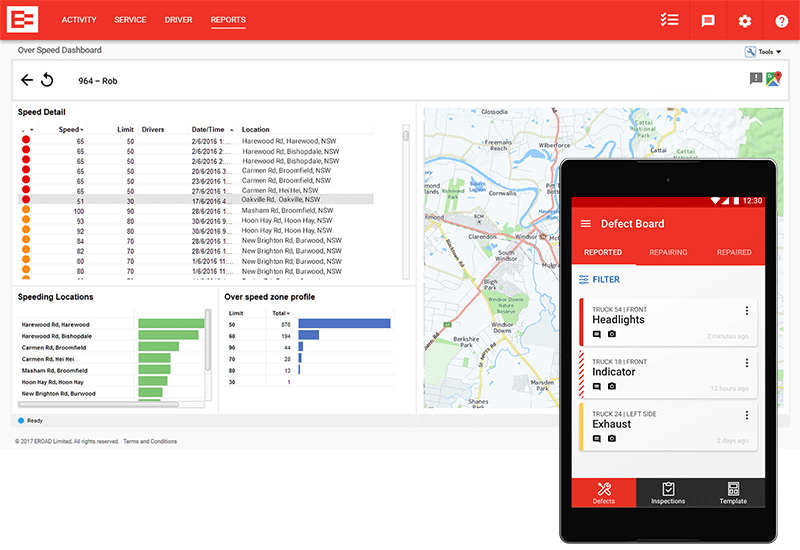
Telematics helps show constant CoR improvement
“Everyone knows they need to proactively manage their safety obligations and using telematics tools is a key way to help you do that efficiently. For instance, EROAD’s fleet management platform can provide you with a solid track record of improvement over three, six, 12, 24 months.
We’ve seen how ongoing engagement and monitoring of key elements such as speed, braking and cornering, coupled with real-time in-cab coaching, empowers drivers to perform at a higher level.”
A good example of how this works is how EROAD’s EHUBO2 system issues alerts, in real-time, about key individual driving behaviours and issues, including speeding, sharp acceleration, harsh braking and cornering. Our system gives the driver feedback while behind the wheel to help self-regulate.
Real-time telematics feedback breeds CoR efficiencies
“Telematics systems give instant feedback and allow drivers to change and adapt their driving style and behaviour, which changes their attitude. What works best is if you can offer some bonus or incentive for driving well. As a result, it saves fuel, lowers maintenance costs and, ultimately, reduces the risk of accidents. It also becomes a positive challenge for them as individuals and as a team,” says Rebecca.
“Additionally, employing technology such as EROAD’s Inspect app encourages drivers and others in your supply chain to take more responsibility for ongoing maintenance.
Carrying out daily maintenance checks not only ensures you’re compliant with the CoR legislation, it also helps deliver cost efficiencies, improves assurance levels, minimises liabilities and reduces vehicle down time. Not only is it good for your compliance, it’s ultimately good for your business!
*Currently only applies to selected States in Australia

